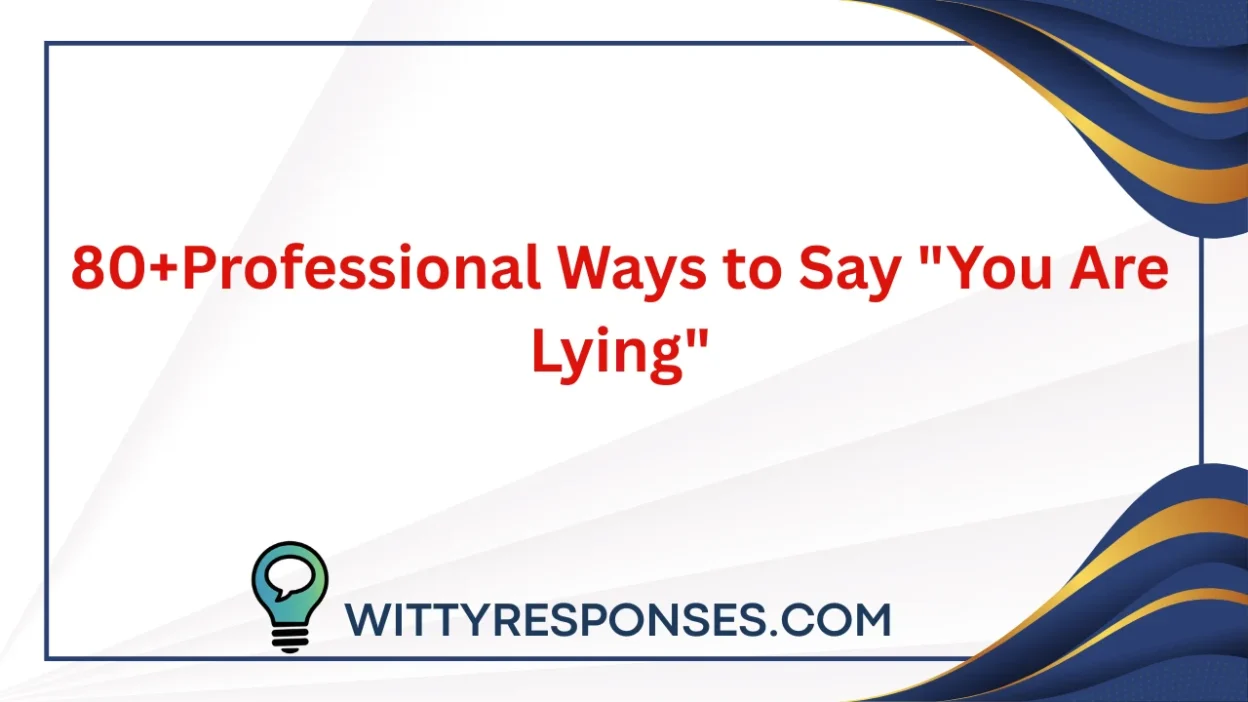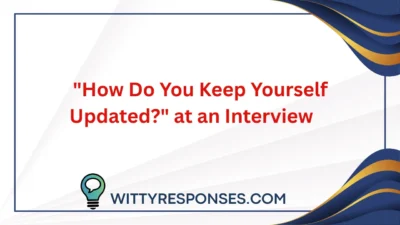In a professional setting, it’s important to address dishonesty with tact and diplomacy. Directly accusing someone of lying can be confrontational and damage relationships. Instead, using more diplomatic phrases can help you express your concerns without escalating the situation. Below are several ways you can professionally address someone when you believe they are not being truthful.
When You Want to Highlight Discrepancies or Inconsistencies
These responses focus on pointing out differences in information or logic without directly accusing someone of lying.
- “I believe there may be some inconsistencies in what you’ve shared. Could we go over the details again to clarify?”
- “The information you’ve provided doesn’t seem to align with what I’ve previously heard. Can you help me understand the differences?”
- “I noticed some conflicting details in the statements. Could you elaborate to help clear up any misunderstandings?”
- “The facts don’t seem to match up. Could you provide more context so we can ensure we’re on the same page?”
- “I’ve come across some information that doesn’t seem to be consistent with what was mentioned earlier. Can we revisit this?”
- “I’m a bit confused because what you’re saying doesn’t match what I’ve heard from other sources. Can you clarify?”
- “It seems there might be some discrepancies here. Let’s revisit the details to make sure we have everything correct.”
- “There seems to be a difference in the information I’ve received. Could you help reconcile the two?”
- “I noticed some differences in what was stated. Let’s take a moment to review everything for accuracy.”
- “This doesn’t align with the records or what we’ve discussed before. Can you provide more insight on this?”
When You Want to Express Doubt or Uncertainty
These responses convey that you have reservations about the truthfulness of the statement, without outright calling someone a liar.
- “I’m not sure I fully understand the situation based on what you’ve said. Can you provide more details?”
- “I have some doubts about this. Can we revisit the facts to ensure everything is clear?”
- “I’m not entirely convinced that this is the case. Can you elaborate further to clarify?”
- “I’m having a hard time reconciling this with what I know. Can you explain it in more detail?”
- “There are some aspects of what you’ve said that I find difficult to believe. Could we go over this again?”
- “I’m not sure this adds up. Can you help me understand it better?”
- “I’m having difficulty matching the facts with what has been said. Can you offer some additional context?”
- “It’s hard for me to accept this version. Would you mind walking me through it again?”
- “I’m struggling to connect the dots on this one. Can we talk through it again?”
- “This doesn’t seem to match my understanding of the situation. Could you clarify further?”
When You Want to Suggest a Misunderstanding or Error
If you believe the person might have misunderstood or made an honest mistake, you can gently address the issue without assuming dishonesty.
- “I think there might have been a misunderstanding. Let’s go over the details to make sure we’re aligned.”
- “It seems like there could be a mistake in the information. Let’s revisit the facts to clear this up.”
- “I’m not sure if this is what you intended to say, but it doesn’t seem to match what I know. Could we review it again?”
- “There seems to be a gap in the information here. Let’s clarify the facts so we’re on the same page.”
- “It looks like there may have been an error in the details. Could we take a closer look at the situation?”
- “I’m not sure if there’s been some miscommunication here. Can we go over this to ensure everything is correct?”
- “It looks like there might be an oversight in the details. Let’s review the information carefully.”
- “This doesn’t quite match what we previously discussed. Could you clarify the situation for me?”
- “Perhaps I’m missing something. Can you help me understand how this fits into the bigger picture?”
- “I believe we might be dealing with an error here. Let’s review everything again to make sure it’s accurate.”
When You Want to Maintain Neutrality and Be Non-Confrontational
These responses offer a more neutral approach to questioning the truthfulness of a statement without sounding accusatory.
- “I think there’s something we need to double-check here to make sure everything is accurate.”
- “Can we confirm the facts to ensure we’re both on the same page?”
- “I think it would be helpful to revisit the details to ensure everything aligns.”
- “I’d like to verify some of the information to make sure everything is accurate.”
- “It seems there may be some confusion here. Let’s clarify the details to avoid any misunderstandings.”
- “Let’s take a moment to review the facts and make sure we have everything correct.”
- “There might be something I’m not understanding here. Let’s go over the details again.”
- “To make sure we have everything right, can we revisit the points you’ve mentioned?”
- “I think it’s important we double-check the facts here for accuracy.”
- “Let’s make sure we’ve got all the facts straight before moving forward.”
Tips for Handling a Situation Where You Suspect Dishonesty
- Stay Calm and Professional
It’s crucial to stay calm and composed. Approach the situation with professionalism and avoid becoming emotional or confrontational. - Ask Clarifying Questions
Instead of accusing someone of lying, ask them to explain their statements in more detail. This gives them a chance to clarify or provide more evidence to support their claims. - Focus on the Facts
Keep the conversation focused on the facts. Pointing out discrepancies or inconsistencies in the information can be a non-confrontational way to address dishonesty. - Avoid Personal Attacks
Never attack the person. Frame your responses around the situation and the information being discussed, not the individual. - Give the Benefit of the Doubt
Sometimes, misunderstandings happen. Approach the situation with the assumption that it may be an innocent mistake, and leave room for clarification or correction.
Conclusion: Be Diplomatic and Professional
Accusing someone of lying in a professional setting can be detrimental to your working relationship. It’s better to address discrepancies or inconsistencies with tact, asking questions that allow for clarification. By remaining neutral, focusing on the facts, and offering the benefit of the doubt, you can maintain professionalism and avoid conflict.
Remember, effective communication in these situations is all about keeping things calm, constructive, and respectful.



